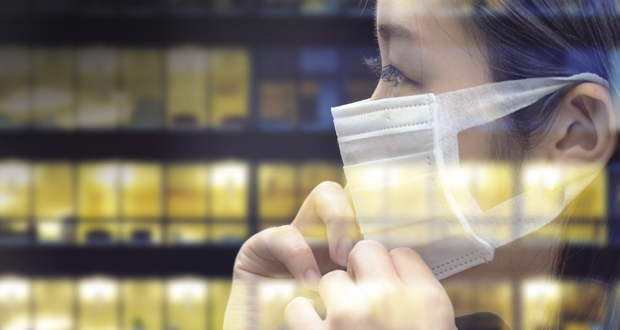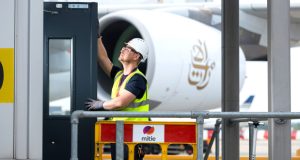CATERING CHANGES
The catering function is also looking to adapt to the new normal. Phil Roker, Managing Director of Vacherin, explains that the firm is using its new app to allocate times in staff restaurants alongside existing click and collect functionality to reduce congestion. He also is planning more wrapped/ pre-packed food; extended service times; reduced seating; and extensive signage regarding access to and use of catering areas, distance at counters; and a move to cashless. But he says that on-site restaurants provide a far more “controlled and therefore safer” environment than the random nature of the high street making it a good way for organisations to support employees as they come back to work.
While many maintenance contractors will have used the vacant period to carry out any essential works, and get up to date with PPMs, there will be a number of areas where maintenance teams can help to prepare a building for post-COVID occupation. This includes bringing forward any maintenance due to take place in the next quarter – to make sure the building is operating well and to reduce the need for engineers to visit an occupied workplace; changing air filters and increasing the frequency at which the air is changed.
Remote monitoring systems, which had been growing in popularity prior to the crisis, will have an even more important role in the new normal, adds Toby Hunt, Key Account Director at Guardian Water Treatment. “Remote monitoring prevents unnecessary site visits and can lead to reduced maintenance regimes overall. Where site visits are unavoidable, by knowing exactly what needs to be looked at, time spent can be minimised.” And it can mean real-time results can be analysed immediately and reacted to quickly.
Many of these changes will serve a dual purpose: to keep people safe by reducing the chance of the virus spreading but also to reassure people that the organisation is doing everything it can to keep them safe.
Engagement should be a fundamental part of any workplace strategy, including two-way communication and transparency about practical measures such as cleaning and distancing regimes, adds the IWFM’s Chris Moriarty. IWFM research has found that maintaining social distancing and hygiene and cleaning standards are the top concerns people have about returning to the office after the lockdown.
Jo Sutherland, Managing Director of workplace communications consultancy Magenta Associates agrees. “Addressing people’s concerns and communicating the new normal in a clear and transparent way is important. Businesses should communicate the new workplace etiquette in advance of the return to the workplace and then display the information prominently around the building to make sure that people are constantly reminded of the new way of working.” Using a variety of tools and channels to keep the communication fresh and engaging is also important.
It’s clear that once FMs have set up the new processes and procedures and trained their teams to deliver the new workplace etiquette, much of the focus will be on the occupants themselves to follow the guidelines and adapt to the changes. That will see the FM role switch again – to become even more people focused than in the past. Which will be one positive outcome of the crisis.





